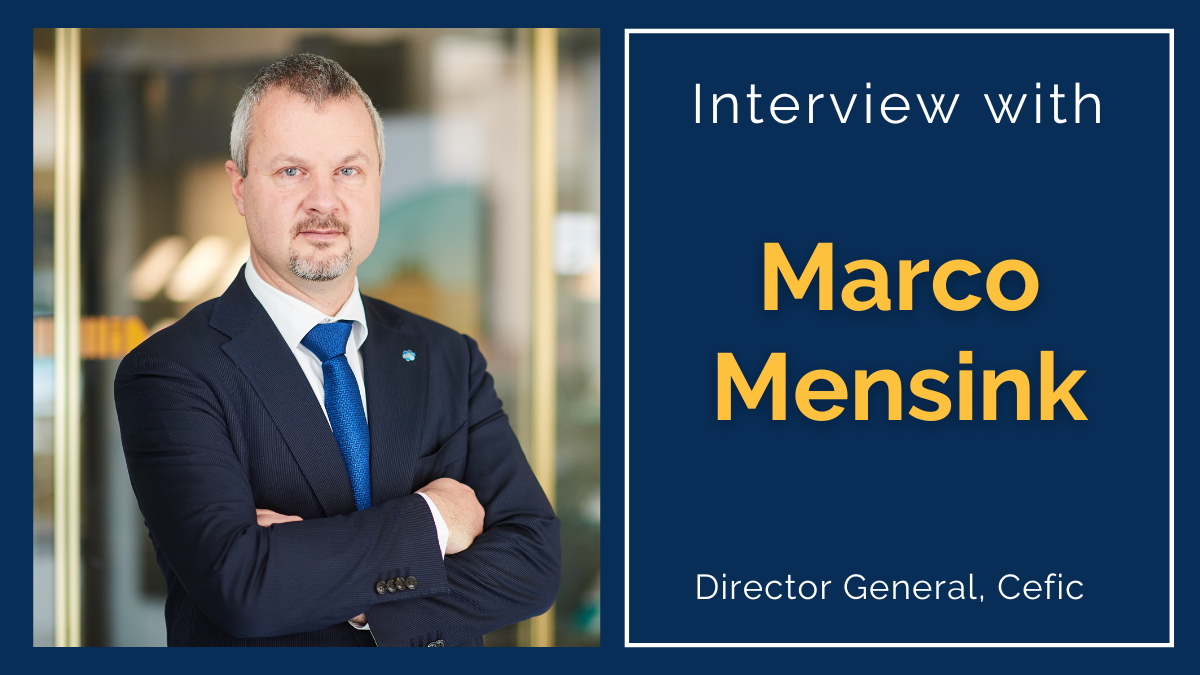Innovation processes in nature are very different from the industrial approach. Using local resources and in an ambient-conditions-driven manufacturing process mother nature produces millions of slightly adapted, locally attuned ‘solutions’ and waits for generations to find the stronger ones. Industrial innovation can effectively make use of these results by taking a close look on nature’s results and mimicking the conditions and processes. That is why Water Europe organised a webinar “Biologically Inspired Design for a Water Smart Technology”. Alessandro Bianciardi (Planet s.a.s. ) drove us into the fascinating and inspiring world of nature and human designs and how both can support Water-Smart Societies.
Water Europe’s Vision Leadership Team (VLT) Grey-Green Infrastructure has already explored some of these issues in the “White Paper on Hybrid Grey-Green Infrastructure” and the blog “Water Management turns green by blending blue, green, grey and smart communities”. But our examination on this topic could be deepened by looking into nature as a source of inspiration for Water-Smart Societies. The VLT reflects on the problems and demands of Europe’s water sector and its challenges of replacing old and building new, sustainable and resilient infrastructure. This is by mobilizing cross-sectoral stakeholders to develop, test and mainstream effective grey-green solutions, i.e. smart combinations of nature-based and water-technological solutions for water supply, sanitation, surface and groundwater management. The current problems in Europe with drought, flooding and pollution illustrate the need for a new approach to water management, including new solutions. The webinar was meant to trigger developments.
Innovation using Biomimicry
Bianciardi showed several examples of biomimicry for water-related issues. Two of these were:
 Bio-domes for wastewater treatment: They sit on the floor of a lagoon and are completely submerged. The Bio‐Domes enhance the naturally occurring biological system by providing 2800 square feet of surface area per unit, a gas delivery mechanism capable of providing air or more specific gasses as necessary, an environment protected from UV light, and significant mixing action to ensure nutrient availability to the biology as it grows. When used in a wastewater lagoon, the enhanced biology is capable of accelerating nitrification of ammonium and the subsequent denitrification of nitrates and nitrites. Additionally, the gas delivery/aeration design helps reduce BOD levels. (https://wastewater-compliance-systems.com/products/bio-domes/)
Bio-domes for wastewater treatment: They sit on the floor of a lagoon and are completely submerged. The Bio‐Domes enhance the naturally occurring biological system by providing 2800 square feet of surface area per unit, a gas delivery mechanism capable of providing air or more specific gasses as necessary, an environment protected from UV light, and significant mixing action to ensure nutrient availability to the biology as it grows. When used in a wastewater lagoon, the enhanced biology is capable of accelerating nitrification of ammonium and the subsequent denitrification of nitrates and nitrites. Additionally, the gas delivery/aeration design helps reduce BOD levels. (https://wastewater-compliance-systems.com/products/bio-domes/)
Cocoon to cope with droughts: Trees can influence the micro-climate and create less arid conditions; however, it is difficult to create forest under dry conditions. The Cocoon is designed to support a seedling through its critical first year. By providing water and shelter, while stimulating the seedling to produce a healthy and deep root structure, tapping into the sub-surface water supply. The result is independent, healthy trees that are not reliant on external irrigation that can survive in harsh conditions. They need 25 liters only at planting, the cocoons are 100% biodegradable, and the survival rate is 75-95%. (A new way to fix the planet — Land Life Company).
conditions; however, it is difficult to create forest under dry conditions. The Cocoon is designed to support a seedling through its critical first year. By providing water and shelter, while stimulating the seedling to produce a healthy and deep root structure, tapping into the sub-surface water supply. The result is independent, healthy trees that are not reliant on external irrigation that can survive in harsh conditions. They need 25 liters only at planting, the cocoons are 100% biodegradable, and the survival rate is 75-95%. (A new way to fix the planet — Land Life Company).
These solutions are good examples of grey-green infrastructures in an innovative stage. Nature has found a solution, man mimicked it and the potential functioning has been shown. Now it needs to be picked up by early-adopters so that the functioning in other places can be examined.
Next development steps can be defined using the four components of the Symbiosis Readiness Level: technology level, ecological level, management level and business level. For example:
| Technology | Ecology | Management | Business | |
| Bio-domes | How would they react to algae blooms within the lagoon? | For what ecosystems it could have ecological value? | They need to be submersed year-round, how to deal with this in drier periods? | What is the business model of the application of Bio-domes? |
| Cocoon | How to adapt to different trees and climate zones? | What is the impact on local soil life? | Maintenance needs? Refill options? | What is the business model of the application of the Cocoon? |
The true challenge is to apply biologically inspired grey-green solutions in different societal, cultural, governance and economic contexts, to deal with periods of extreme rainfall or drought and to achieve ‘zero pollution’. We need to start nexus thinking and bringing back together what we have been separating in the past. So, what needs to be done to involve cross-sectoral disciplines on the topic of grey-green infrastructures in highly dense urban populations? Or how can we achieve a shift in thinking around the integration of grey-green, central plus decentral technologies in the collective mind of our society? And, above all, how to become more aware of the responses of nature when playing with it?
Next Steps
A wide consensus on the potential of biologically inspired solutions for water issues has been observed among international to SME companies, NGOs, public organisations, and the scientific community. Examples already exist at various TRL (Technology Readiness Level) stages; examples like the Urban Waterbuffer and the Polder Roof® are ready for deployment. Adding the components Ecology, Management and Business, as introduced by the Symbiosis Readiness Level (SRL), is, however, essential to mainstream these and other innovations and transform inspiring concepts into the ‘normal’, every-day practice in our territories and cities. A multi-disciplinary approach is required. How can practitioners be trained to (1) innovate more like nature than by using mechanical and thermal ‘heat, beat & treat’ processes and (2) invite experts in governance, economic, ecological and social issues to co-create effective and attractive, feasible solutions.
The need for sustainable, circular and adaptable solutions in the fields of water supply, sanitation, drainage, surface and groundwater management is evident. Droughts, floods, pollution and aged water infrastructure will force us to action. Effective grey-green solutions can be found by taking a close look at nature and using it’s local resources, processes and strategies to solve problems. A successful introduction in the market is however not only a matter of more smart technologies, inspired by nature. It is about integrating these solutions in the policies, regulations, organization and financing structures; this all requires a multi-disciplinary approach. High time to start this process in and amongst our organizations.



